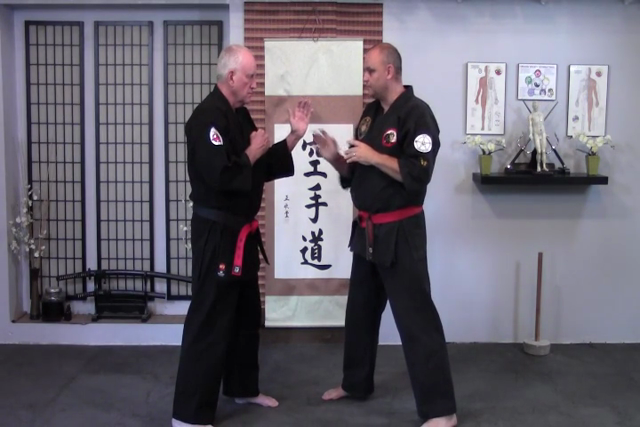
I have talked previously about the Tueller Drill for firearm training. This time, we will be talking about my corollary to this drill that measures response time to an unarmed opponent striking.
For my experiment, I set up a scenario where I defined a successful response as stepping forward, making a block, and then a palm strike as a “successful” response to the attack. One might argue that this could be improved by stepping, blocking, and striking at the same time, but remember the effects of B.A.R.? This is not very likely to happen as this is a complex motor movement and those deteriorate rapidly at heart rates of around 145 BPM! So, I stand by my original assumption of breaking these into separate movements.
We measured the average response time of our defender doing these movements. More on that in a minute.
Now, we setup a target with distances in increments of six inches. We went from one foot from the target to six feet. Then, we had people wait for a stimulus (a beep) and then strike from the various distances. Response Times were charted. These numbers would be used for a hypothetical attacker.
“But wait,” you say! Response Time? Attackers are action only! And action beats reaction. Right?!??!? Well sort of!
To get Motor Time for our attacker, we subtracted their Reaction Time from their Response Time (remember the equation?). This was pure action – no reaction.
Finally, we just needed to graph the results and look at where the defender’s defensive response (react, step, block, and strike) equalled the attacker’s action time of simply stepping in and striking. Sound reasonable? This would be the time where the defender first has a chance of defending themself. At a lesser distance, the opponent’s strike would land on the defender before they had time to execute the response.
Would you like to know what that distance is? It is more than you think! Most early Martial Arts were called either “One Meter” or “Three Meter” systems. That means that the opponent was assumed to be either one meter or three away from you as the defender. As Martial Artists became more progressive in their thinking most abandoned the idea of a 3-meter system because it was too far. Sadly, this lead to a lot of bad teaching!
While it seems unreal, I found that most students needed around 4 and one-half feet to react! That is more than 1-meter but within the confines of a 3-meter system. When you understand that B.A.R. will slow you down even more, the 3-meter option sounds more likely.
Think you are faster, setup your own experiment. You may get a little better if you “pre-program” your response, perform complex movements combining all steps at once, anticipating the attack, and whatever else you can think of to try to beat the system. But, remember the goal is to try to mimic real life as closely as you can.
So, how does this help you? Knowing what your limit is on distance in order to get an effective response off in time, is just the first step; but a major one it is! You still need striking skills; anatomical targeting; and more. Those will come with the training. Hang with me.
Anything less that the 4 and 1/2 feet is what we call Non-Reactionary distance. Knowing it can save your life because you know to never let anyone get closer than this!
So, you must keep an opponent at least 4 and 1/2 feet from you no matter what! When someone invades that space, you have no choice but to open distance with them, verbally de-escalate the action, or take defensive action. There are really no other options. If you cannot calm things down or get away, striking may well be your only option. That is the tough reality. Only you can decide whether the situation warrants a physical response, and if so, at what level of force.
Now that you have an idea of what Non-Reactionary distance looks like, take another look at your training. How far do you stand from your partner when you practice? Is it within the non-reactionary distance? I bet in many cases it is. So to quote Dirty Harry, “you gotta ask yourself…Do I feel lucky?” When my life, or the life of my precious family, is on the line, I don’t want to gamble. I don’t want to take chances. I want to know how to survive.
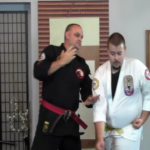
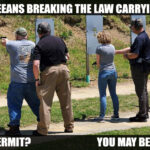
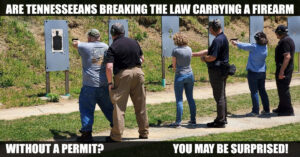
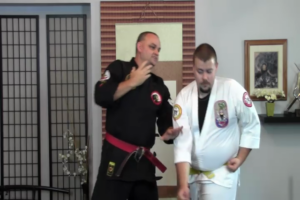


No comment yet, add your voice below!